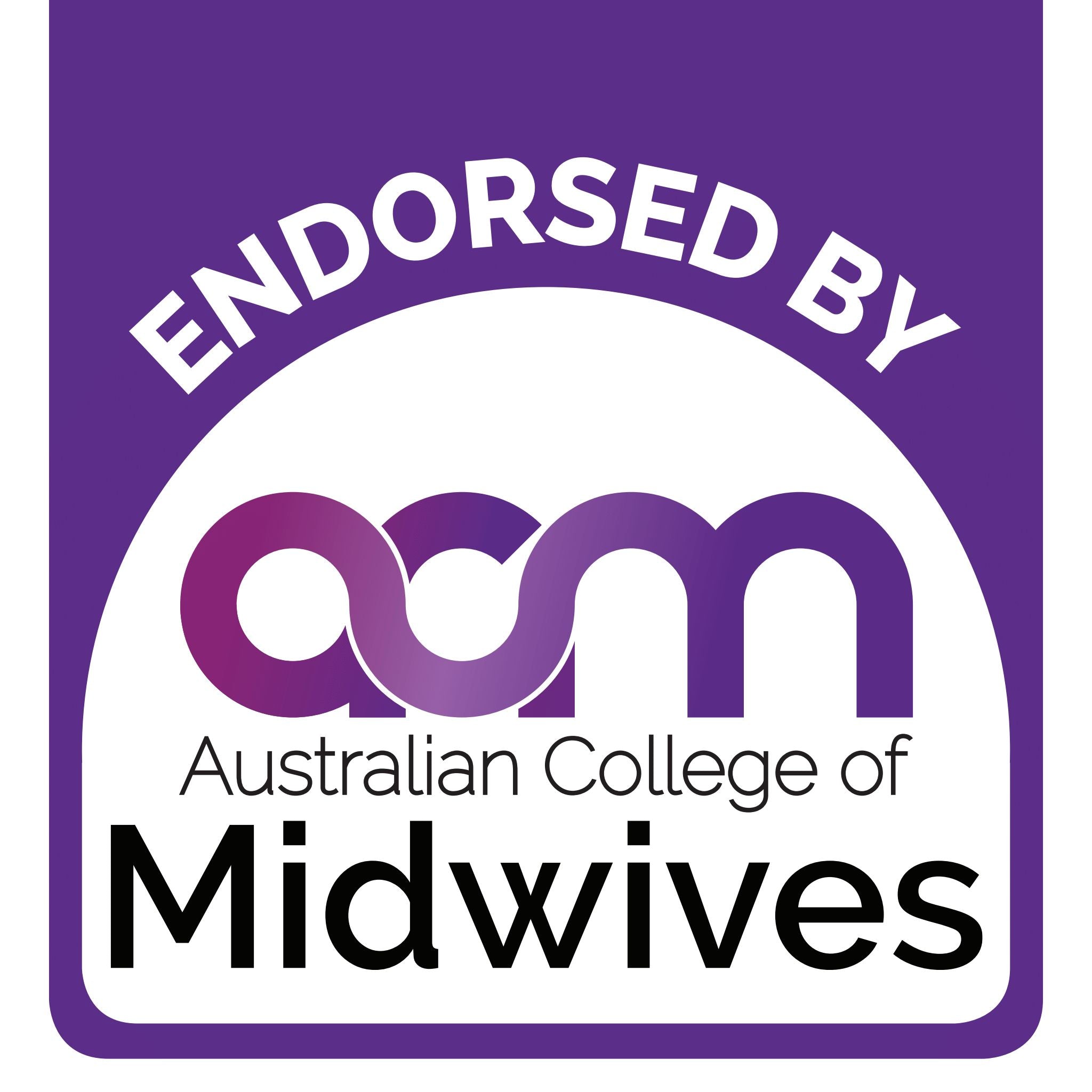Why are the first 60 minutes after birth so important for bonding?
During the "golden hour" — the first 60 minutes after birth — is crucial for both mother and baby as they transition from the womb to the outside world. Uninterrupted skin-to-skin contact during this time offers numerous physical and emotional benefits. The World Health Organisation recommends immediate and continuous skin-to-skin contact between mothers and newborns within the first hour after birth to encourage bonding, regulate temperature, initiate breastfeeding, and promote newborn health. The first 60 minutes after birth sets the foundation for a positive maternal-infant relationship and is vital for establishing breastfeeding and overall infant well-being.
What does skin-to-skin contact mean?
Skin-to-skin contact, also known as kangaroo care, involves placing the undressed newborn directly on the mother's bare chest. This close contact triggers various physiological and emotional responses and offers many benefits for both mother and baby.
What are the benefits of skin-to-skin contact for mums and their babies?
The benefits of skin-to-skin contact go beyond the immediate postpartum period, playing a positive role in infant health and development.
The benefits of skin-to-skin contact for babies include:
- Regulated Body Temperature: The warmth from the mother's body helps regulate the newborn's temperature, reducing the risk of hypothermia and promoting overall comfort.
- Stabilised Heart Rate and Breathing: Skin-to-skin contact has been shown to stabilise the baby's heart rate and breathing patterns, helping them feel secure and calm.
- Improved Breastfeeding Initiation: The closeness to the mother's breast triggers the baby's innate feeding reflexes, assisting early breastfeeding initiation and promoting successful latch.
- Infant Brain Development: The sensory stimulation provided by skin-to-skin contact supports the development of the nervous system and cognitive abilities.
- Immune System Support: Exposure to the mother's natural skin flora and immunity-boosting factors in breastmilk, helps to strengthen baby’s immune system.
- Improved Sleep Patterns: Babies who experience skin-to-skin contact tend to display more regulated sleep patterns.
- Preterm & At-Risk Newborns: Preterm and medically at-risk newborns often struggle more than full-term babies to regulate their body temperature, heart rate, and other vital signs due to their underdeveloped organs and systems. The Australian Breastfeeding Association recommends that high-risk newborns have as much skin-to-skin contact as possible every day.
The benefits of skin-to-skin contact for mums
- Increased Oxytocin Release: Skin-to-skin contact stimulates the release of oxytocin, often dubbed the "love hormone," which promotes feelings of relaxation, affection, and maternal bonding.
- Facilitated Breastfeeding: Skin-to-skin contact improves breastfeeding success by encouraging milk letdown and production.
- Reduced Stress Levels: Holding baby skin-to-skin alleviates maternal stress and anxiety, promoting a sense of confidence and well-being.
- Pain Relief: The release of oxytocin and endorphins during skin-to-skin contact can provide natural pain relief for mums, reducing the discomfort associated with childbirth.
- Accelerated Postpartum Recovery: The release of oxytocin during skin-to-skin contact aids in uterine contractions, reducing postpartum bleeding and facilitating the body's transition to its pre-pregnancy state.
How do you maximise skin-to-skin contact?
Making the most of skin-to-skin in the hospital is essential for both mum and baby. Here are some key tips to maximise this precious time:
- Stay Informed & Communicate Your Preferences: Before labour, familiarise yourself with the hospital's policies regarding the golden hour and skin-to-skin contact. Discuss your desire for skin-to-skin immediately after birth with your healthcare team before delivery.
- Prepare in Advance: Pack a comfortable nursing gown or shirt for immediate skin-to-skin contact after delivery. Having a blanket or swaddle nearby can also help keep your baby warm and cozy during this time.
- Designate a Support Person: If you have a partner or support person with you, designate them to help facilitate skin-to-skin contact if you are unable to do so immediately after birth due to medical reasons.
- Immediate Placement: Whenever possible, aim to have the baby placed directly on your bare chest immediately after birth, even before any routine procedures.
- Advocate for Delayed Procedures: Request that routine medical procedures, such as weighing and measuring the baby, be delayed until after the golden hour to allow for uninterrupted bonding time.
- Comfortable Positioning: Find a comfortable position, such as reclining or semi-reclining, to hold your baby against your bare skin. Use pillows or cushions for support if needed.
- Undress Baby: Remove any clothing or blankets covering your baby's chest and abdomen to ensure direct skin-to-skin contact. Ensure the baby's position allows for a clear airway by observing their breathing rate and chest movement.
- Position Baby: Ensure the baby's position allows for a clear airway by observing their breathing rate and chest movement.
- Stay Warm: Use blankets or warm towels to cover both yourself and your baby.
- Observe Baby's Cues: Pay attention to your baby's cues and signals. They may turn their head, root, or make sucking motions, indicating readiness to breastfeed.
- Take Advantage of Support Services: Many hospitals offer lactation consultants or breastfeeding support services. Don't hesitate to ask for help if you encounter any challenges with breastfeeding or skin-to-skin contact.
How do I facilitate skin-to-skin contact after a Caesarean?
Even after a caesarean section, also called a c-section, it's essential to maintain skin-to-skin contact. While the immediate process after a c-section may differ from a vaginal birth, healthcare providers should strive to facilitate skin-to-skin contact as soon as possible.
Here's how skin-to-skin contact after a c-section can be facilitated:
-
Immediate Contact in the Operating Room: In many cases, the baby can be placed skin-to-skin in the operating room after delivery. Medical staff can aid in safely positioning the baby on the mother's chest, even during the final stages of the surgical procedure.
-
Assistance from a Support Person: If the mother is unable to hold the baby immediately after birth due to medical reasons or anesthesia effects, a support person, often the partner or another family member, can step in to provide skin-to-skin contact with the baby until the mother is ready.
-
Transition to the Recovery Room: If immediate skin-to-skin contact isn't possible in the operating room, efforts should focus on initiating it once the mother is transferred to recovery.
How to embrace skin-to-skin contact
Keep enjoying skin-to-skin contact in the weeks and months following birth, as it keeps offering several benefits. Not only does it support successful breastfeeding, but studies also show that fostering a strong bond during early childhood improves emotional regulation and enhances social skills later in life. So, don't hesitate to cuddle up!
Resources:
Hucker, R., & Communications, H. of. (n.d.). Harnessing the golden hour: Breastfeeding recommended within first hour of life. Figo. https://www.figo.org/resources/figo-statements/harnessing-golden-hour-breastfeeding-recommended-within-first-hour-life
Li, Z., Mannava, P., Murray, J. C. S., Sobel, H. L., Jatobatu, A., Calibo, A., Tsevelmaa, B., Saysanasongkham, B., Ogaoga, D., Waramin, E. J., Mason, E. M., Obara, H., Tran, H. T., Tuan, H. A., Kitong, J., Yaipupu, J. M., Cheang, K., Silvestre, M. A., Kounnavongsa, O., … Chhour, Y. M. (2020, August 1). Association between early essential newborn care and breastfeeding outcomes in eight countries in Asia and the Pacific: A cross-sectional observational -study. BMJ Global Health. https://gh.bmj.com/content/5/8/e002581
Providing evidence-based care during the Golden Hour. (n.d.). https://www.nwhjournal.org/article/S1751-4851(17)30281-7/pdf
Sharma, D. (2017, September 19). Golden hour of neonatal life: Need of the hour - maternal health, neonatology and Perinatology. BioMed Central. https://mhnpjournal.biomedcentral.com/articles/10.1186/s40748-017-0057-x#citeas
Skin-to-skin contact. Skin-to-skin contact | Australian Breastfeeding Association. (n.d.). https://www.breastfeeding.asn.au/resources/skin-skin-contact#:~:text=Skin%2Dto%2Dskin%20time%20between,so%20than%20in%20a%20humidicrib.
Widström, A.-M., Brimdyr, K., Svensson, K., Cadwell, K., & Nissen, E. (2019, July). Skin-to-skin contact the first hour after birth, underlying implications and clinical practice. Acta paediatrica (Oslo, Norway : 1992). https://www.ncbi.nlm.nih.gov/pmc/articles/PMC6949952/
World Health Organization. (n.d.). Skin-to-skin contact helps newborns breastfeed. World Health Organization. https://www.who.int/westernpacific/news-room/feature-stories/item/skin-to-skin-contact-helps-newborns-breastfeed




